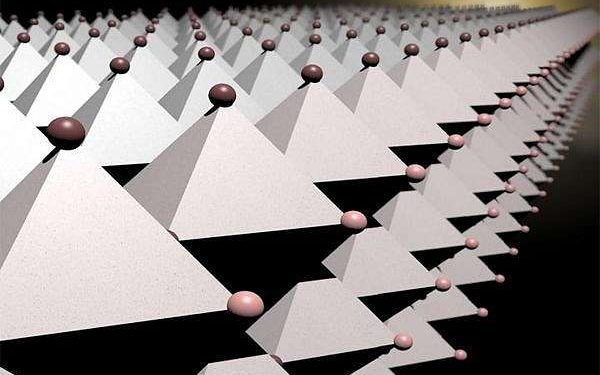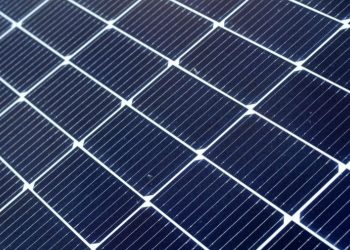New Layered Perovskite Structure Explored for Enhanced Optical Properties
by Riko Seibo
Tokyo, Japan (SPX) Apr 2, 2024
Perovskites are critically important in the field of materials science due to their distinct and varied properties arising from their unique crystal structure. These properties have potential revolutionary applications in advanced technology areas. A method to harness these properties involves precise manipulation of defects within the perovskite structure, such as missing atoms or substituting one type of atom for another.
In the realm of oxide chemistry, it’s well-established that such defects in oxides can self-organize within the crystal structure when they reach a certain threshold, leading to enhanced material properties. While this phenomenon of defect ordering is well-documented in perovskite oxides, it has not been as prevalent in hybrid halide perovskites, which consist of an organic component, a metal, and a halogen.
A recent study highlighted in ACS Materials Letters reveals findings by Associate Professor Takafumi Yamamoto and his team at Tokyo Institute of Technology, who discovered a novel defect-ordered layered halide perovskite. The research builds on earlier work where the introduction of thiocyanate ions (SCN-) into the FAPbI3 lattice led to structured defect formations. Dr. Yamamoto suggests, “Increasing the SCN concentration might amplify the formation of these defect structures, similar to those observed in vacancy-ordered oxide perovskites.”
The research involved synthesizing FAPbI3 in powder and crystal forms, using specific ratios of SCN-. When a high enough SCN- ratio was used, the resulting perovskite was FA4Pb2I7.5(SCN)0.5. This compound displayed organized defects throughout its layers-more so than its predecessor, FA6Pb4I13.5(SCN)0.5, where fewer defects were organized.
The study identifies this material as part of a ‘homologous series’-a sequence where systematic alterations to the chemical formula yield predictable changes in properties, here observed as variations in the optical bandgap correlated with defect concentration.
“This marks the first instance of a homologous series based on defect ordering in hybrid organic-inorganic perovskites,” notes Dr. Yamamoto. “Our findings set a foundational strategy for manipulating defect structures to adjust the optical properties of perovskites, offering a promising avenue for materials science innovation.”
The implications of this research are significant, potentially paving the way for new perovskite materials with tailored properties for future technological applications.
Research Report:FA4Pb2I7.5(SCN)0.5: n = 3 Member of Perovskite Homologous Series FAn+1Pbn-1I3n-1.5(SCN)0.5 with Organized Defects
Related Links
Tokyo Institute of Technology
All About Solar Energy at SolarDaily.com


















